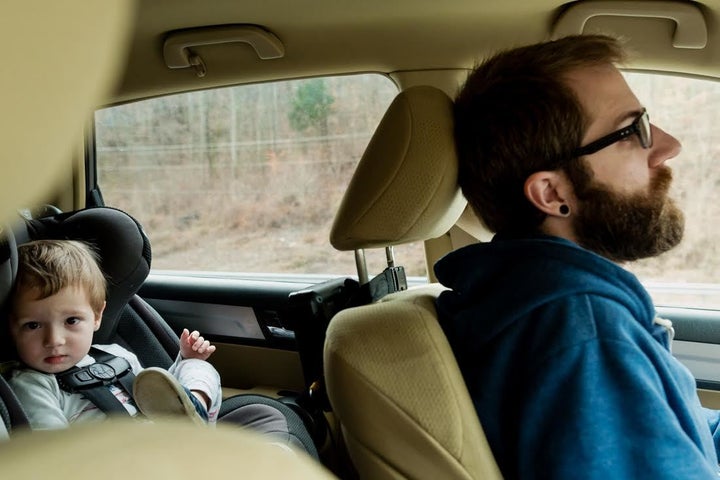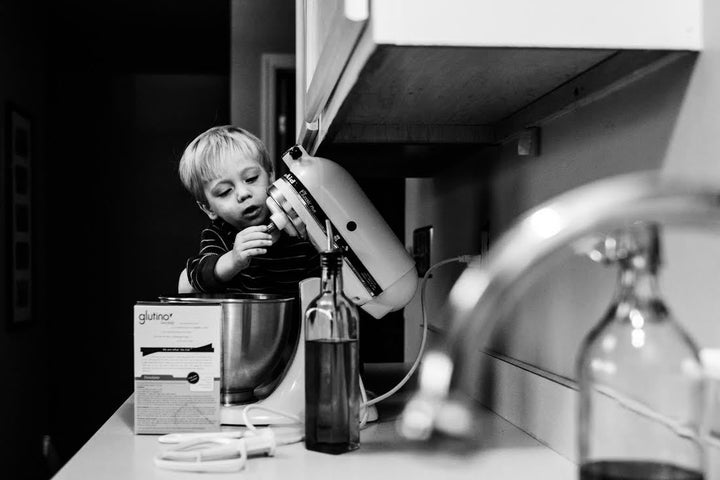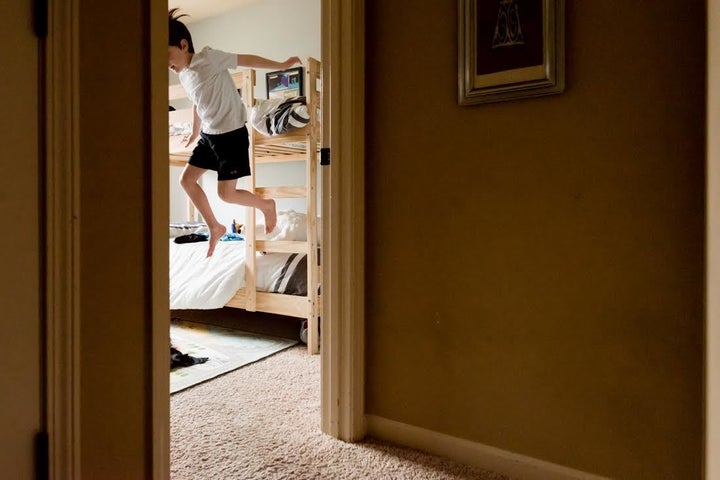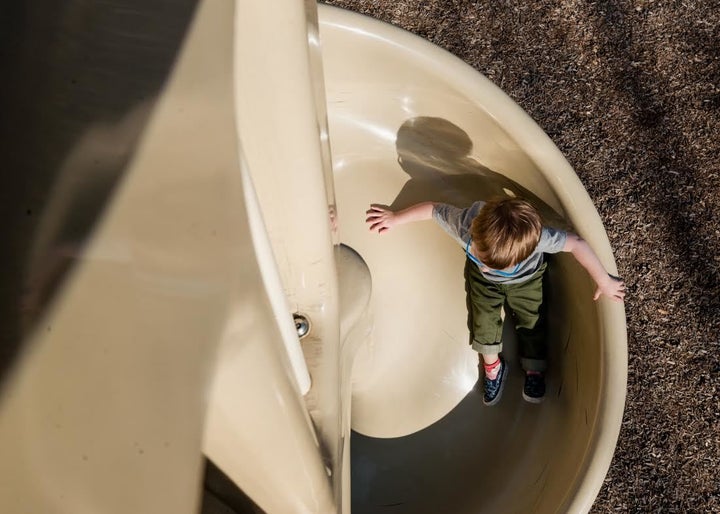When it comes to photography, it’s easy to fall into a comfort zone and default to the rule of thirds or a few tried-and-true techniques when it comes to how you compose your images. For photographer Melissa Hines, even after several years as a serious professional, she noticed herself defaulting to the same go-to compositions time and time again. Melissa tends to place her subjects in the same area of the frame and use lines in the same way in image after image. After a while, her work began to feel very structured.
Nevertheless, Melissa admires artists who create images with a relaxed, organic feel with more rules broken than just a center composition. Because Melissa wanted to grow in how she chose to compose images, she approached Liz DeGroff of Four Dots Photography to join her in this diptych project they called Composed. The only requirement was that they needed to push ourselves out of our comfort zones. They needed to break rules that they normally don’t break and they needed to try out more complex compositions that they normally ignore.
Here are some of the tips Melissa and Liz have learned while stepping out of our composition comfort zones:
1: Follow one compositional rule and then allow yourself to break others. If you are still following one rule, your choices will feel more intentional and your image will still work. You can ignore the rule of thirds or golden spiral and place your subject at the edge of the frame, but to make this choice feel intentional, use leading lines, curves, and framing to lead the eye to the subject.

2: Layering, layering, layering. Include elements in the foreground, middle, and background to add depth and an organic feeling. Play around with which layer your subject is in. In order to keep your subject from getting lost within the image, look for elements or people in the scene to frame your subject and use leading lines and curves.

3: Practice changing your angle. Simply changing your angle can get you out of your comfort zone. You will discover new ways to frame your subject or new leading lines. It changes up how much of the story you are telling and the way you are telling it.

4: Use people as a compositional element. Photographers talk a lot about moving the eye through the frame to the subject with leading lines and framing. Well, why not use other people within the frame for that purpose? Every person within the frame doesn’t have to be an additional subject; they can play a supporting role to lead the eye to your subject and story.

5: Play up the contrast of opposites as a compositional tool. Small versus big. Up versus down. Light versus shadow. Curves versus lines. Using opposites is yet another way to move the eye through the image with a large visual impact. And it also changes up what story you are telling within the image.

To learn more about Melissa’s approach to shooting, check out her ebook, Just Another Light Source: A Guide to Shooting in Available Artificial Light through In Beauty and Chaos. You can follow Melissa here and Liz here.
